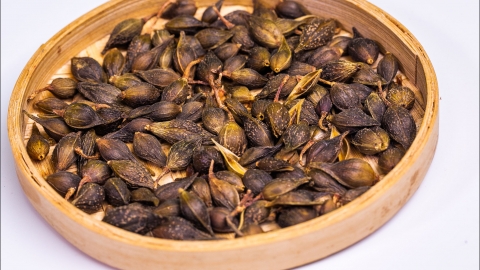What are the differences between Forsythia viridissima and Forsythia suspensa?
The differences between Forsythia suspensa and Fructus Forsythiae generally manifest in their medicinal parts, functional emphasis, indications, methods and dosages of administration, and medicinal history. A detailed analysis is as follows:

1. Medicinal Parts: Forsythia suspensa commonly uses its dried fruit as medicine, after appropriate processing; Fructus Forsythiae also primarily uses dried fruits, including both green and mature fruits. The medicinal value varies slightly depending on the harvesting period. Although both belong to the category of fruit, they differ in harvesting standards and processing methods.
2. Functional Emphasis: Forsythia suspensa mainly functions to clear heat and detoxify, promote diuresis and relieve jaundice, and is particularly effective in eliminating damp-heat pathogens; Fructus Forsythiae primarily clears heat and detoxifies, reduces swelling and dissipates nodules, and disperses wind-heat. It is especially effective in relieving wind-heat in the upper body and dissipating abscesses and swellings, showing significant differences in therapeutic focus.
3. Indications: Forsythia suspensa is commonly used to treat damp-heat jaundice, difficult urination, and sore throat, showing notable effects on conditions caused by damp-heat; Fructus Forsythiae is often used for treating exogenous wind-heat, initial stages of warm diseases, abscesses and sores, scrofula, and phlegm nodules. Its application is broader and more frequently used in treating heat-related diseases.
4. Methods and Dosage: The usual dosage of Forsythia suspensa for decoction is 3 to 9 grams, while for external use it can be appropriately decocted for fumigation and washing or applied as a poultice; Fructus Forsythiae is typically used in dosages of 6 to 15 grams for decoction, and can be applied externally as a poultice or decocted for external washing. They differ slightly in standard dosages and external application methods.
5. Medicinal History: Fructus Forsythiae has earlier records in traditional medical texts and a long history of application, making it a classic herb for clearing heat and detoxifying, with abundant historical documentation by physicians across dynasties; Forsythia suspensa has relatively later medicinal records and is not as widely used clinically, appearing less frequently in traditional prescriptions.
Differentiating between the two should consider their medicinal functions and clinical applications. If medicinal use is required, selection must be made under the guidance of professionals according to the specific condition, avoiding confusion to prevent reduced efficacy or adverse effects due to mismatched medicinal properties.




